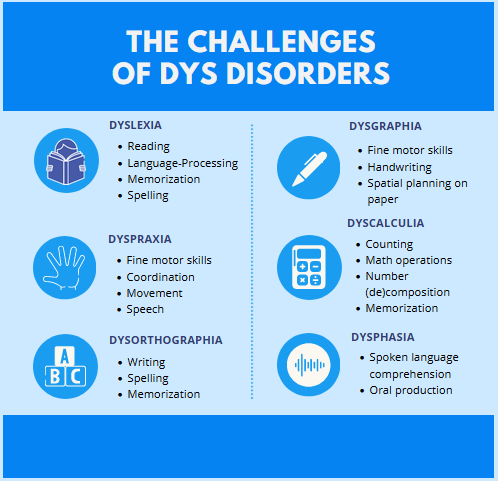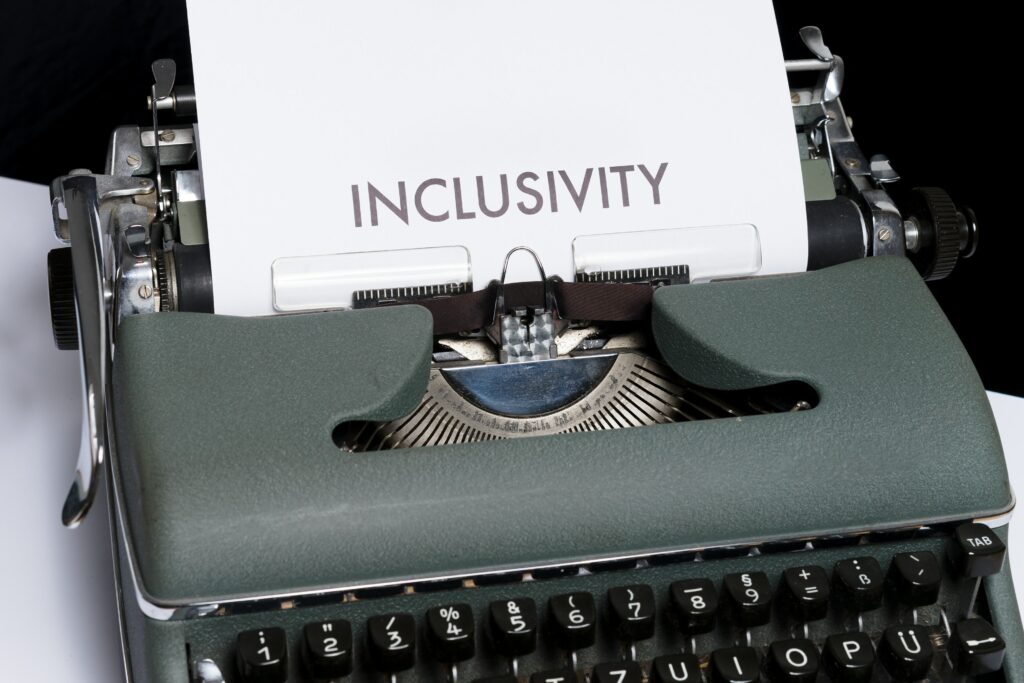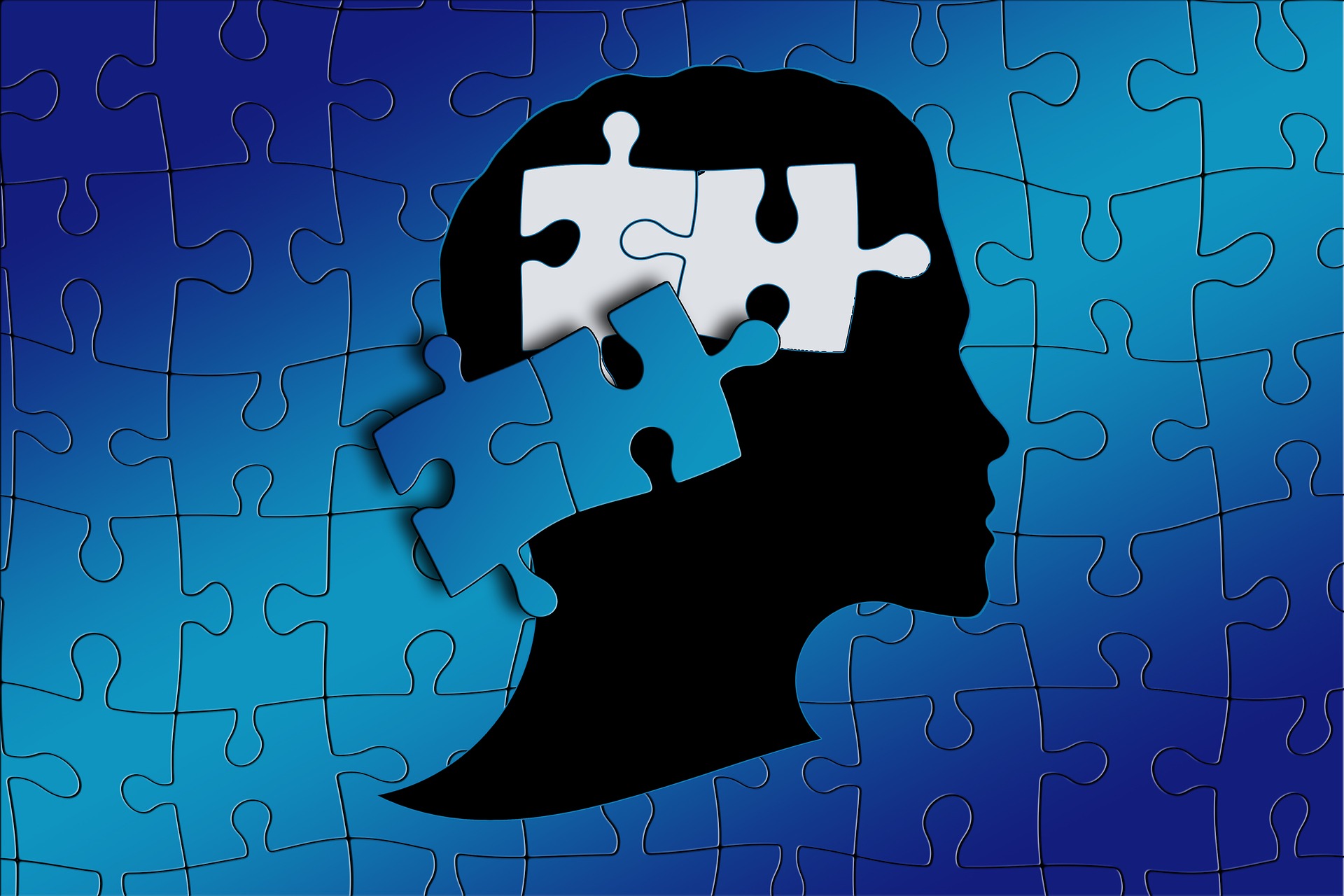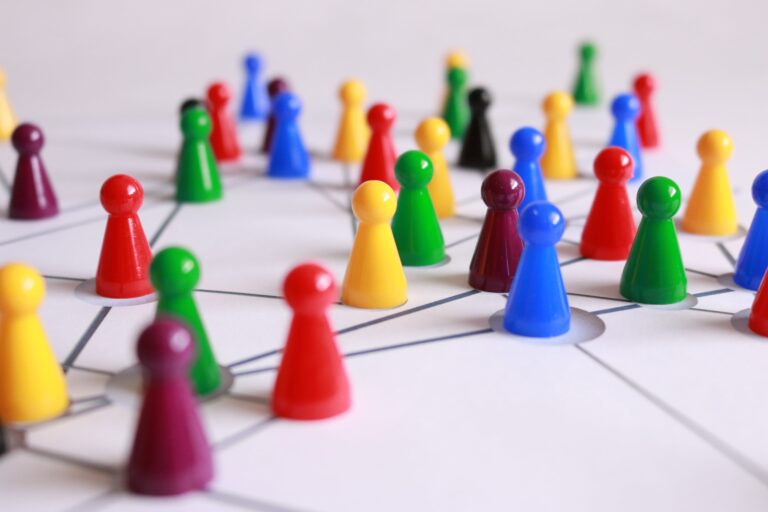There is a wide range of gamification techniques, and they are highly adaptable, which makes them the perfect tools for students with Specific Learning Disorders (SLDs), also known as Dys. They can help them during their learning process to remember concepts better, enhance their participation in class and boost their confidence.
Gamification allows the integration of pedagogical practices that enhance a more holistic approach to pupils’ challenges, especially for learners with SLDs. However, to create an inclusive lesson, it is essential to detect and understand the needs of each student. The most typical Dys disorders are dyslexia, dysgraphia, dyspraxia, dyscalculia, dysorthographia and dysphasia. Students have different difficulties during the learning process; therefore, the gamification techniques must be customised to suit their abilities.

One of the main characteristics of gamification is that it allows students to understand that failure is part of the learning process, the same as in games. The objective is to learn how to face challenges and solve issues to keep evolving. This is especially relevant for Dys students, who usually fear failure as they already feel inferior in comparison to their classmates. Still, if they understand that making mistakes and learning from them will help them to advance in the activity, they will apply that same logic while doing all kinds of exercises in school.
Digital gamification tools are also extremely useful for pupils with SLDs as technology offers a wide variety of options to customize the design to make it more accessible with the use of colours, symbols, visuals, video or audio. In addition, all these elements can be adapted to the type of disorder as, for example, easily readable fonts such as Arial 12 will help dyslexic students, or written instructions will be more useful than audio to learners with dysphasia.

Dys students often feel inferior to their classmates due to their difficulties. Gamified learning environments also help boost their confidence as they can receive prompt feedback so they can quickly learn from their mistakes and keep up with the game without feeling left out. Moreover, learning games focus on collaboration rather than competition, so students work together to achieve a common goal. Thanks to it, they learn how to combine their abilities to find the correct information to complete the activities and go to the next stage. Students with SLDs can share their strengths, and their classmates can compensate with other skills that Dys might have more difficulties with.
Choosing the right gamification tools and techniques to make lessons more inclusive is essential. The GDL toolbox offers 40 cards with currently available online tools. In the GDL e-Learning module, you will find a lesson focused on inclusivity with guidelines on creating inclusive learning experiences. It will be available on the website soon; stay tuned!
Bibliography:
Gooch, Daniel; Vasalou, Asimina; Benton, Laura and Khaled, Rilla (2016). Using Gamification to Motivate Students with Dyslexia. In: CHI 2016, 7-12 May 2016, San Jose, pp. 969–980. DOI: https://doi.org/10.1145/2858036.2858231
Karunamoorthy, Ranjanie; Mohd Mokhtar, Tahar; Mohd Mokhtar, Ummi Kalthum (2020). Teacher’s Perception on the Use of Gamification for Students with Learning Disabilities. In: JURNAL PENELITIAN DAN PENGEMBANGAN PENDIDIKAN LUAR BIASAISSN, 7-1 July 2020, pp.30-36. DOI: https://core.ac.uk/reader/401566133
Shaban, Adel; Pearson, Elaine (2019). A Learning Design Framework to Support Children with Learning Disabilities Incorporating Gamification Techniques. Research Tees. DOI: https://research.tees.ac.uk/ws/portalfiles/portal/7085309/A_Learning_Design_Framework_to_Support_Children_with_Learning_Disabilities_Incorporating_Gamification_Techniques_3_.pdf
Maoin, Susan; O’Rourke John; Morris, Julia; Dunjey, Helen (2016). Focus on the journey, not the destination: Digital games and students with disability. Issues in Educational Research, 2 – 2016, pp. 315-331. DOI: https://www.iier.org.au/iier26/main.pdf




